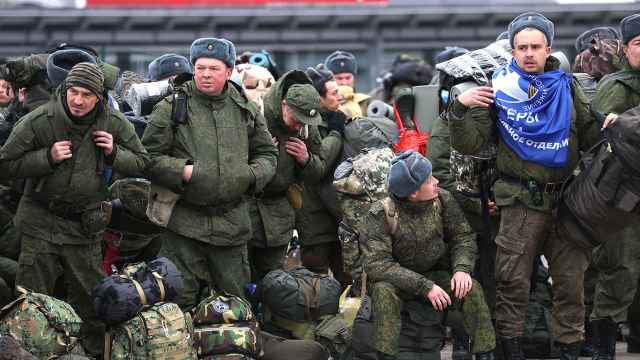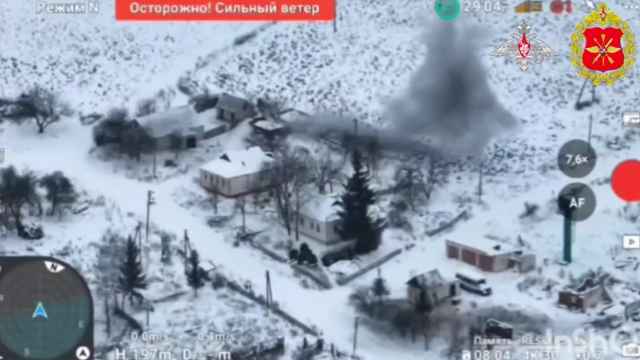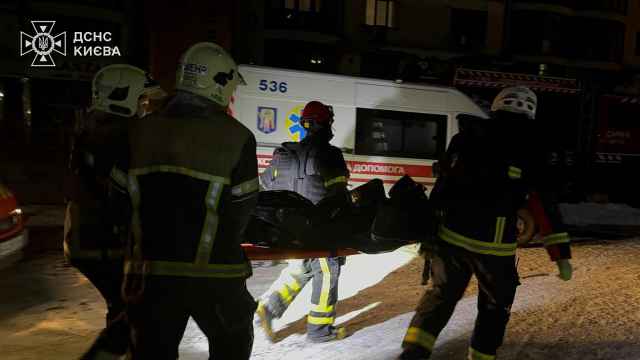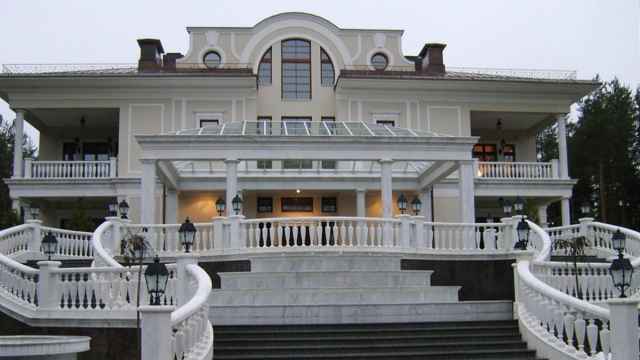A look at the 11 cities chosen to host the 2018 soccer World Cup that were announced by the organizers on Saturday:
Moscow
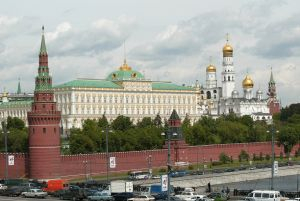
Population: Officially 11.5 million, but actually closer to 25 million, with millions of unregistered migrant workers.
Clubs: Spartak, CSKA, Dynamo, Lokomotiv, Torpedo (Division II)
Stadiums:
Luzhniki, capacity: 90,000;
Spartak (to be built by 2013), proposed capacity: 45,000;
Dynamo (to be built by 2016), proposed capacity: 45,000
History: Founded in 1147 on the banks of the Moscow River, it is home to some 130 different nationalities, served by three international airports and the world’s second-busiest subway system. It welcomes 4 million tourists per year.
St. Petersburg
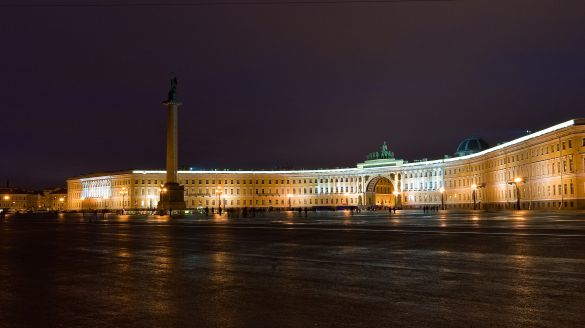
Population: 5 million
Club: Zenit St. Petersburg
Stadium: Gazprom Arena (to be built by 2014), proposed capacity: 69,000
690 kilometers from Moscow
History: Founded by Peter the Great in 1703 on the banks of the Neva River as the new Russian capital, the city is famous for its canals, drawbridges, fountains and “white nights” during the summer months.
Kazan
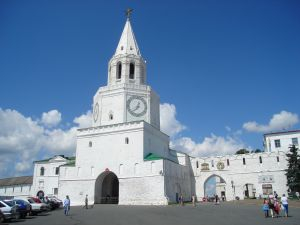
Population: 1.2 million
Club: Rubin Kazan
Stadium: To be built by 2013, proposed capacity: 45,000
825 kilometers from Moscow
History: The capital of the central region of Tatarstan celebrated its millennium in 2005. Kazan is on the banks of the Volga River. It is an ethnically diverse city with more than 100 different nationalities. The dominant religion is Islam.
Sochi
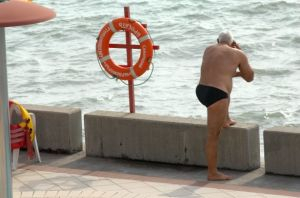
Population: 400,000
Clubs: Has had no professional clubs since Zhemchuzhina Sochi dropped out of the Russian Second Division because of financial difficulties last year.
Stadium: To be built by 2013, proposed capacity: 45,000
1,680 kilometers from Moscow
History: Founded in the early 19th century, the summer resort will host the 2014 Winter Olympics.
The city sits at the foot of the Caucasus Mountains and stretches almost 140 kilometers along the Black Sea coast.
Volgograd
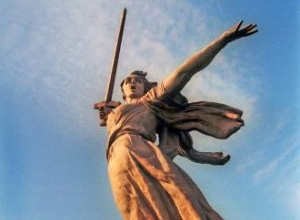
Population: 1.1 million
Club: Rotor Volgograd (Division II)
Stadium: Yet to be built, proposed capacity: 45,000
940 kilometers from Moscow
History: Founded in 1589 on the banks of the Volga River as Tsaritsyn, shortly after the death of Tsar Ivan the Terrible, as Russia’s southern fortress against the nomadic tribes.
In 1925, it was renamed Stalingrad after the Soviet dictator Josef Stalin, and in 1961 it became Volgograd.
The city is known for a famous battle during World War II in 1942-43, when the Soviet forces defeated the Germans.
Yekaterinburg
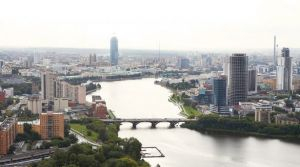
Population: 1.37 million
Club: Ural Yekaterinburg (Division II)
Stadium: Seats 27,000, to be expanded to 45,000
1,755 kilometers from Moscow
History: The city was founded in 1723 by a decree of Peter the Great and named after the tsar’s wife, Catherine I.
One drawback for Yekaterinburg is that it is the farthest venue from Moscow. But local authorities have promised to build high-speed trains that fans can use for free.
Kaliningrad
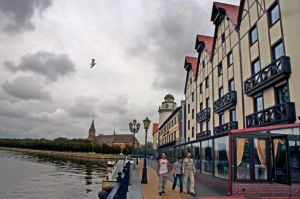
Population: 450,300
Club: Baltika Kaliningrad (Division II)
Stadium: Yet to be built, proposed capacity: 45,000
1,235 kilometers from Moscow
History: Founded in the 13th century by knights of the Teutonic Order, the city was formerly known as Königsberg and was the capital of East Prussia. Now, it is a key Baltic seaport.
Until 1945, the city was part of Germany, but it was annexed by the Soviet Union after World War II. The amber industry is a key business, attracting thousands of visitors every year.
Nizhny Novgorod
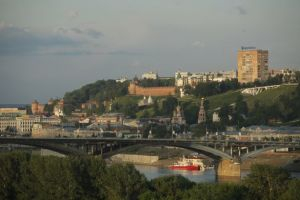
Population: 1.3 million
Club: Volga Nizhny Novgorod
Stadium: Yet to be built, proposed capacity: 45,000
425 kilometers from Moscow
History: Thanks to its advantageous location on the Volga River, the city, founded in 1221, developed into Russia’s key commerce center in the 19th century. Its kremlin dates back to the 16th century and has a 2-kilometer brick wall and 13 watchtowers.
Rostov-on-Don
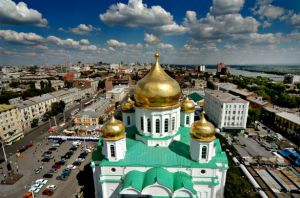
Population: 1.1 million
Clubs: FK Rostov
Stadium: Yet to be built, proposed capacity: 45,000
1,110 kilometers from Moscow
History: Known from the time of Herodotus as the land of warlike Scythians, the steppes of the Don River basin eventually became home to the freedom-loving Cossacks. Rostov was founded in 1749 to serve as a southern fortress.
Samara
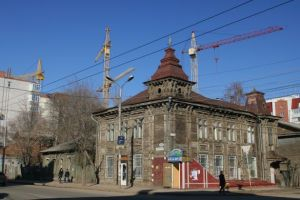
Population: 1.2 million
Club: Krylya Sovietov Samara
Stadium: Yet to be built, proposed capacity: 45,000
1,060 kilometers from Moscow
History: Capital of the Samara region and founded in 1586, it is one of the most prominent cities along the Volga River and serves as Russia’s aerospace center.
Places of interest for visitors include Stalin’s 37-meter-deep bunker and the Zhigulevskie Hills nature preserve on the Volga River.
Saransk
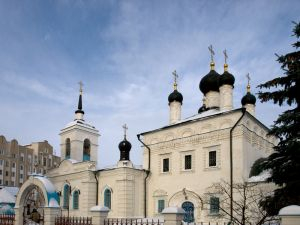
Population: 300,000
Club: Mordovia Saransk
Stadium: Yet to be built, proposed capacity: 45,000
650 kilometers from Moscow
History: Saransk, founded in 1641 and located in central Russia, is the capital of the Mordovia region.It is home to many ethnic groups, such as the Finno-Ugric. Saransk is a frequent venue for ethnographic festivals.
Related articles:
A Message from The Moscow Times:
Dear readers,
We are facing unprecedented challenges. Russia's Prosecutor General's Office has designated The Moscow Times as an "undesirable" organization, criminalizing our work and putting our staff at risk of prosecution. This follows our earlier unjust labeling as a "foreign agent."
These actions are direct attempts to silence independent journalism in Russia. The authorities claim our work "discredits the decisions of the Russian leadership." We see things differently: we strive to provide accurate, unbiased reporting on Russia.
We, the journalists of The Moscow Times, refuse to be silenced. But to continue our work, we need your help.
Your support, no matter how small, makes a world of difference. If you can, please support us monthly starting from just $2. It's quick to set up, and every contribution makes a significant impact.
By supporting The Moscow Times, you're defending open, independent journalism in the face of repression. Thank you for standing with us.
Remind me later.


